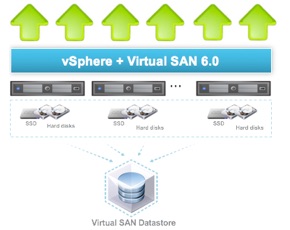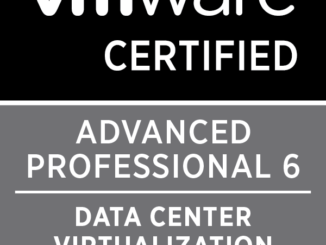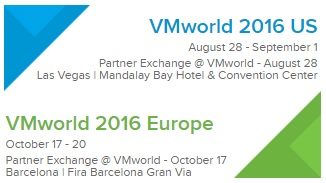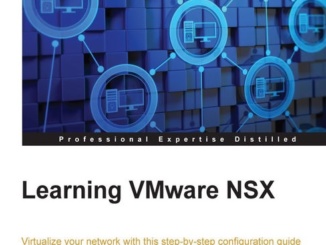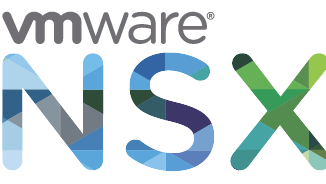
Journey to VCIX-NV – Part 2 – Deploying and Editing NSX Controllers Settings
The next components to deploy are the NSX Controllers. These are the main components of the NSX Platform Control Plane. NSX Controllers can be deployed as a single instance (not recommended for production) or in a cluster of three nodes. They’re deployed by the NSX Manager itself, with just few clicks in the NSX Manager GUI. For lab environments, you can deploy just a single instance of the NSX Controller and you will be fine. If you want to deploy three of them, you might hit a problem with resource contention, because it requires 4 vCPUs, 4 GB of RAM and 2 GB RAM Reservation by default and you can’t edit the VM Settings. I found a blog post of Tom Fojta about downsizing NSX Controllers (In […]

